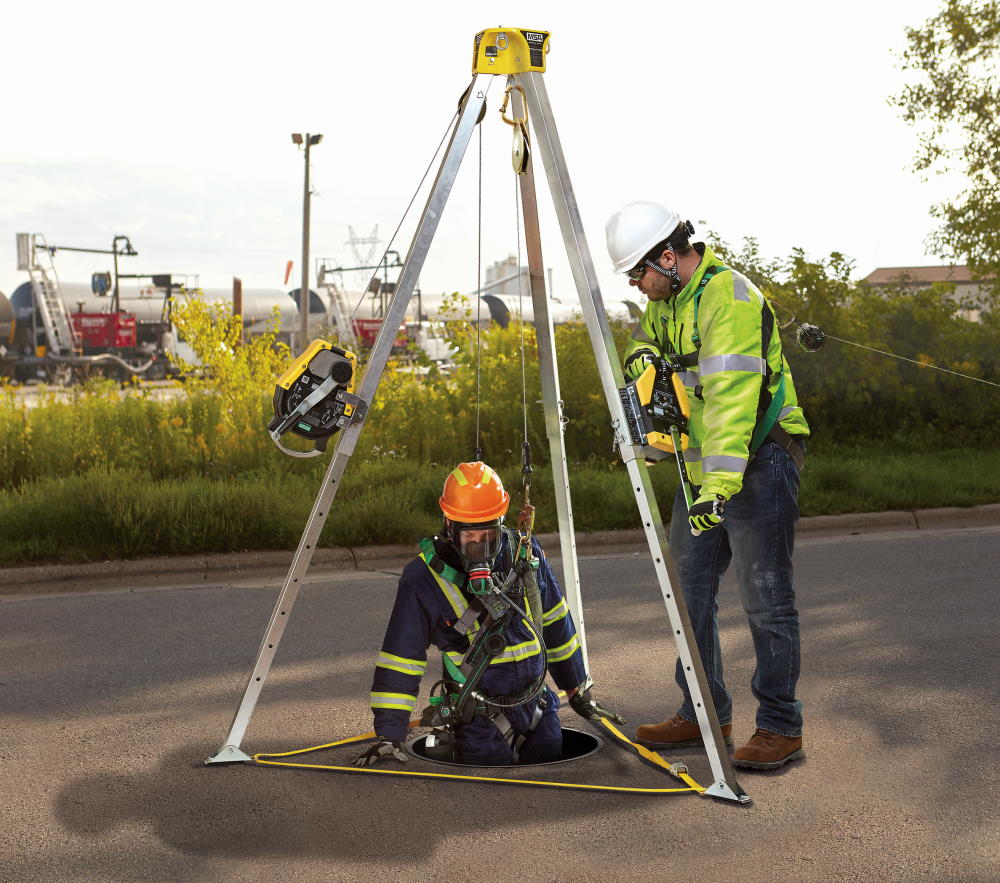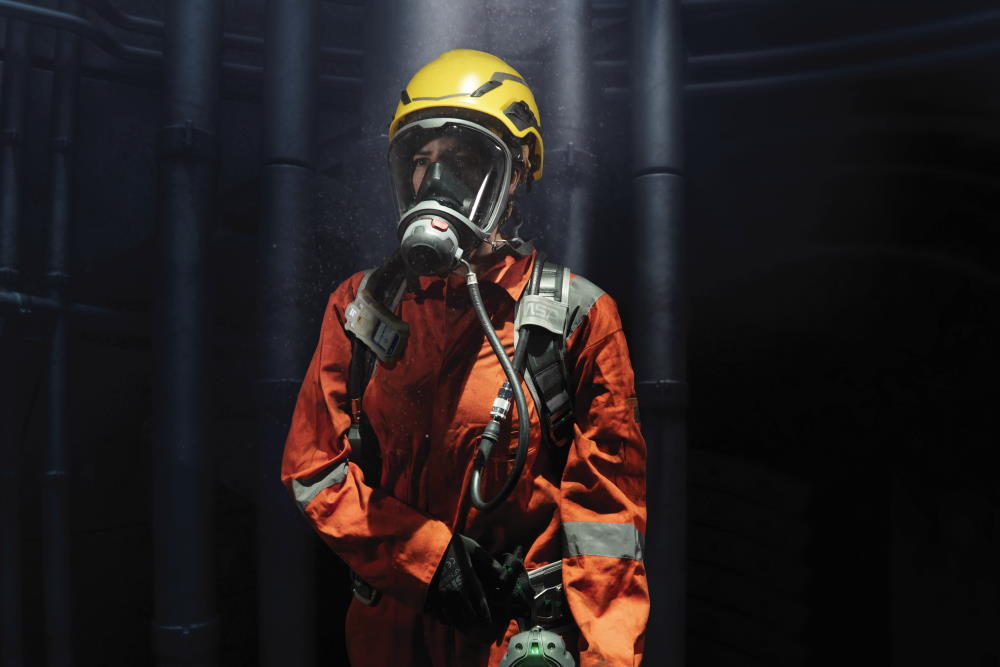Confined Space Working: How Awareness & Planning Keep Operatives Safe
Sponsored Article by MSA
Working at height can present numerous safety risks. These must be carefully assessed, considered and mitigated with the correct fall protection systems, equipment and training. But what happens when operatives are faced with an added layer of complexity: entering a confined space to complete essential inspections or works?

Understanding confined space environments
It may initially seem obvious, but the first thing to understand is whether the workspace is likely to pose risks associated with a typical confined space environment. In practice, a confined space is an environment that is not designed for continuous human occupancy. Space may be substantially enclosed, partially open, have limited access for entry and exit, and, once inside, it may present a risk of serious injury because of hazardous substances or conditions. Written authority to enter a confined space and/or a permit of work is therefore often a legal requirement.
Whether carrying out inspections, ongoing maintenance or repairs, works in confined spaces are routinely a necessity in several sectors, especially for organizations engaged in delivering utility services, energy and transportation. Typical operations and activities include the provision of water and sewage handling; oil, gas and petrochemical production; shipping (within cargo vessels and dockyards); and mining.
Recognize, assess, and test, plan ahead, monitor
The first step is for employers to confirm that supervisors and operatives are competent and fully recognize the hazards and unique risks of confined space work. This responsibility sits with the employer. There is no room for error: specialist safety and equipment training, and regular refresher exercises are absolutely essential. If the assigned team is not fully conversant with confined space procedures, the working method, the safety equipment and emergency rescue measures, the work simply must not proceed.
Thorough evaluation and testing of the confined space allow the team to understand the particular hazards, and deploy the appropriate safety equipment, checks and measures to help mitigate risk. Is the atmosphere inside the space dangerous? Lowering a probe into space before entry will safely test the oxygen levels and reveal the presence of noxious gases such as hydrogen sulphide, carbon monoxide or vapours. If breathing apparatus is needed, what equipment is most suitable? Choices include running an airline down to the operator from a monitored surface-based tank or providing a self-worn (but bulkier) supply.
How will space be accessed? If it is a vertical shaft, is there a risk of falling? Ensuring the correct equipment is in place for fall protection and, if needed, emergency extraction, including a fully trained operator above ground, is essential. If access is via a ladder, a secondary fall arrest device with rescue provision may be sufficient; but if access requires the operative to descend suspended in a harness with a raise and lower device, a secondary fall arrest device and a rescue winch is called for. MSA, for instance, offers an easy to deploy tripod for vertical descent to 15m, and a winch solution reaching 30m.
It is a sad fact that written company procedures to do works often don’t adequately consider the rescue of an operative who becomes trapped or could fall. Yet planning for the unthinkable can help prevent injury and death. There should always be a rescue procedure in place before any confined space works commence. Arrangements for raising the alarm and carrying out rescue operations in an emergency must be clearly agreed, documented, and understood. The team must be able to execute extraction procedures correctly, without hesitation or doubt, if ever the need should arise.
The need for vigilance
Constant and vigilant monitoring above ground and communication with operatives during confined space works can help to reduce dangers and risks. For example, whilst oxygen levels may appear safe at higher levels of space, heavy gases may reside further down in the structure. A gas concentration detector worn by the operator can continuously relay data through a smartphone app to the cloud for real-time monitoring or trigger an alarm should conditions unexpectedly change or deteriorate.
Planning is key
One thing is certain when it comes to confined space working: planning is key. From risk assessments to rescue plans, all involved – whether that be supervisors or operatives – should be well informed, well-prepared and properly trained. Regular practice is also often essential to comply with local regulations. This responsibility sits with the employer.

For more information about fall protection requirements for confined spaces, and detection and protection solutions, visit: https://sg.msasafety.com/applications/confined-space
